
JEWELRY
Jewelery or jewels is a form of personal adornment such as necklace, ring, brooch, earrings and bracelet. Jewelry can be made of any material, but is often made of gemstones, precious metals or seashells. A complete set of these items may be coordinated from jewelry and called a jewelry set. Factors affecting the selection of materials vary according to cultural differences, and the availability of materials. A particular quality of jewelry may be appreciated because of the characteristics of its materials, designs, or symbols with special meaning.
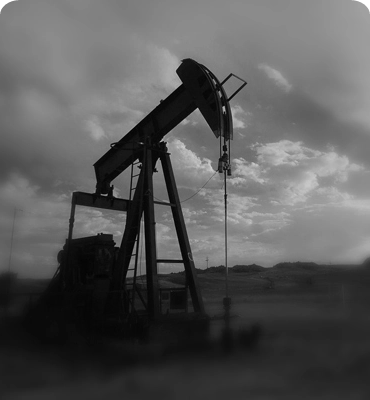
OIL
Oil is a natural substance extracted from geological formations in the ground, which may accumulate in them through a slow process of metamorphosis of organic materials that lasted relatively long eras and eras. Oil is defined chemically as a complex mixture of hydrocarbons; It differs in its appearance, color and composition greatly depending on the place of its extraction; It is considered one of the natural raw materials, and when it is extracted from under the surface of the earth, it is also called crude oil. The crude oil is then subjected to a refining process to obtain different types of petroleum products; That is, it is technically conducted by a fractional distillation process that enables it to be separated into a group of mixtures that are distinguished among themselves by the gradients of the boiling point in the distillation tower; These groups are often called "qatifat". Oil is classified as a fossil fuel, due to its formation under the deep layers of the earth from large quantities of extinct organisms (fossils) such as zooplankton and algae, which were buried under sedimentary rocks and then decomposed in the absence of oxygen and high pressure and temperature under the surface of the earth. Oil is extracted from its deposits in the ground, which are called oil wells, by drilling the earth's crust after conducting a geological survey to test the porosity and permeability of the geological reservoir.

health
The health care sector or medical sector is a sector of the economic system that works to provide goods and services to treat patients by providing curative, preventive, rehabilitative, palliative, or sometimes even unnecessary care. The modern healthcare sector is divided into many sub-sectors and relies on multidisciplinary teams of trained professionals and allied professionals to meet the health needs of individuals and populations. The healthcare sector is one of the largest and fastest growing sectors in the world. As this sector spends more than 10 percent of the gross domestic product (GDP) of most developed countries, it makes up a huge part of any country's economy.

HEATING AND COOLING
Heating, ventilation, and air conditioning (HVAC) is the use of various technologies to control the temperature, humidity, and purity of the air in an enclosed space. Its goal is to provide thermal comfort and acceptable indoor air quality. HVAC system design is a subdiscipline of mechanical engineering, based on the principles of thermodynamics, fluid mechanics, and heat transfer. "Refrigeration" is sometimes added to the field's abbreviation as HVAC&R or HVACR, or "ventilation" is dropped, as in HACR (as in the designation of HACR-rated circuit breakers). HVAC is an important part of residential structures such as single family homes, apartment buildings, hotels, and senior living facilities; medium to large industrial and office buildings such as skyscrapers and hospitals; vehicles such as cars, trains, airplanes, ships and submarines; and in marine environments, where safe and healthy building conditions are regulated with respect to temperature and humidity, using fresh air from outdoors. Ventilating or ventilation (the "V" in HVAC) is the process of exchanging or replacing air in any space to provide high indoor air quality which involves temperature control, oxygen replenishment, and removal of moisture, odors, smoke, heat, dust, airborne bacteria, carbon dioxide, and other gases. Ventilation removes unpleasant smells and excessive moisture, introduces outside air, keeps interior building air circulating, and prevents stagnation of the interior air. Methods for ventilating a building are divided into mechanical/forced and natural types.
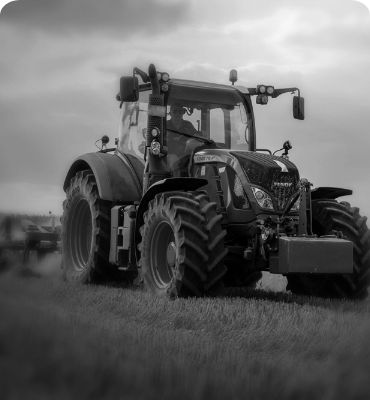
AGRICULTURE
Agriculture or farming is the practice of cultivating plants and livestock. Agriculture was the key development in the rise of sedentary human civilization, whereby farming of domesticated species created food surpluses that enabled people to live in cities. The history of agriculture began thousands of years ago. After gathering wild grains beginning at least 105,000 years ago, nascent farmers began to plant them around 11,500 years ago. Pigs, sheep, and cattle were domesticated over 10,000 years ago. Plants were independently cultivated in at least 11 regions of the world. Industrial agriculture based on large-scale monoculture in the twentieth century came to dominate agricultural output, though about 2 billion people still depended on subsistence agriculture. The major agricultural products can be broadly grouped into foods, fibers, fuels, and raw materials (such as rubber). Food classes include cereals (grains), vegetables, fruits, oils, meat, milk, eggs, and fungi. Over one-third of the world's workers are employed in agriculture, second only to the service sector, although in recent decades, the global trend of a decreasing number of agricultural workers continues, especially in developing countries, where smallholding is being overtaken by industrial agriculture and mechanization that brings an enormous crop yield increase. Modern agronomy, plant breeding, agrochemicals such as pesticides and fertilizers, and technological developments have sharply increased crop yields, but cause ecological and environmental damage. Selective breeding and modern practices in animal husbandry have similarly increased the output of meat but have raised concerns about animal welfare and environmental damage. Environmental issues include contributions to global warming, depletion of aquifers, deforestation, antibiotic resistance, and other agricultural pollution. Agriculture is both a cause of and sensitive to environmental degradation, such as biodiversity loss, desertification, soil degradation, and global warming, all of which can cause decreases in crop yield. Genetically modified organisms are widely used, although some are banned in certain countries.
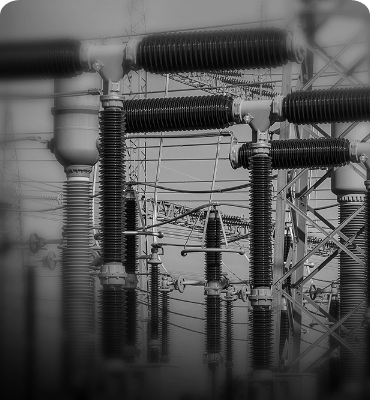
ENERGY PRODUCTION
Electricity generation is the process of generating electric power from sources of primary energy. For utilities in the electric power industry, it is the stage prior to its delivery (transmission, distribution, etc.) to end users or its storage (using, for example, the pumped-storage method). Electricity is not freely available in nature, so it must be "produced" (that is, transforming other forms of energy to electricity). Production is carried out in power stations (also called "power plants"). Electricity is most often generated at a power plant by electromechanical generators, primarily driven by heat engines fueled by combustion or nuclear fission but also by other means such as the kinetic energy of flowing water and wind. Other energy sources include solar photovoltaics and geothermal power. Phasing out coal-fired power stations and eventually gas-fired power stations, or capturing their greenhouse gas emissions, is an important part of the energy transformation required to limit climate change. Vastly more solar power[and wind power is forecast to be required, with electricity demand increasing strongly with further electrification of transport, homes and industry

BUILD
Construction is a sector close to the fields of architecture and civil engineering, and its study is specialized in structural engineering, which is the process of constructing buildings or establishing the infrastructure for a place. Far from being a single activity, large construction operations, involving many occupations and industries. Typically, it is managed by a project manager job, and is supervised by the construction manager, design engineer, construction engineer or project engineer. For the successful implementation of the project, careful planning is required. It takes into account environmental impacts, schedules, budgets, industrial security on the job site, availability of building materials, logistics, inconvenience to the public, bidding, etc.

LABORATORY WORKS RELATING TO CONSTRUCTION
A laboratory is a facility that provides controlled conditions in which scientific or technological research, experiments, and measurement may be performed. Laboratory services are provided in a variety of settings: physicians' offices, clinics, hospitals, and regional and national referral centers.
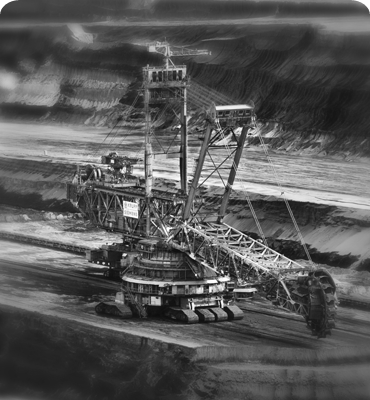
MINING
Mining is the extraction of valuable minerals, or other geological materials from the ground, usually (but not always) from an ore body, vein or coal crevice. Materials obtained by mining include bauxite, coal, copper, gold, silver, diamonds, iron, precious metals, lead, limestone, bauxite, nickel, phosphate, oil shale, rock salt, tin, uranium and molydenum. Any material that cannot be grown by agricultural processes, or created artificially in a factory or factory, is usually obtained by mining. Mining, in a more general sense, includes the extraction of any undetermined wealth (such as oil, natural gas, and even water). Minerals are the natural elements or compounds in the earth's crust that make up rocks. There are about 3,500 types of minerals, and beautiful crystals are formed from them. Gemstones and salts such as gold and even talc are considered minerals. Geologists determine the type of minerals by studying some of their properties such as color, shape and hardness.
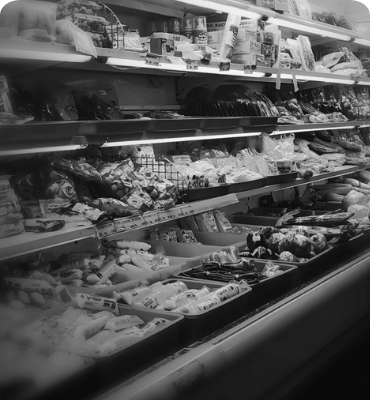
Food
he food industry is a complex, global network of diverse businesses that supplies most of the food consumed by the world's population. The term food industries covers a series of industrial activities directed at the production, distribution, processing, conversion, preparation, preservation, transport, certification and packaging of foodstuffs. The food industry today has become highly diversified, with manufacturing ranging from small, traditional, family-run activities that are highly labor-intensive, to large, capital-intensive and highly mechanized industrial processes. Many food industries depend almost entirely on local agriculture, produce, or fishing. It is challenging to find an inclusive way to cover all aspects of food production and sale. The UK Food Standards Agency describes it as "the whole food industry – from farming and food production, packaging and distribution, to retail and catering.The Economic Research Service of the USDA uses the term food system to describe the same thing, stating: "The U.S. food system is a complex network of farmers and the industries that link to them. Those links include makers of farm equipment and chemicals as well as firms that provide services to agribusinesses, such as providers of transportation and financial services. The system also includes the food marketing industries that link farms to consumers, and which include food and fiber processors, wholesalers, retailers, and foodservice establishments.

COMMUNICATION
Telecommunication is the transmission of information by various types of technologies over wire, radio, optical, or other electromagnetic systems.It has its origin in the desire of humans for communication over a distance greater than that feasible with the human voice, but with a similar scale of expediency; thus, slow systems (such as postal mail) are excluded from the field. The transmission media in telecommunication have evolved through numerous stages of technology, from beacons and other visual signals (such as smoke signals, semaphore telegraphs, signal flags, and optical heliographs), to electrical cable and electromagnetic radiation, including light. Such transmission paths are often divided into communication channels, which afford the advantages of multiplexing multiple concurrent communication sessions. Telecommunication is often used in its plural form. Other examples of pre-modern long-distance communication included audio messages, such as coded drumbeats, lung-blown horns, and loud whistles. 20th- and 21st-century technologies for long-distance communication usually involve electrical and electromagnetic technologies, such as telegraph, telephone, television and teleprinter, networks, radio, microwave transmission, optical fiber, and communications satellites.

TRANSPORTATION
The action of transport is defined as a particular movement of an organism or thing from a point A (a place in space) to a point B. Modes of transport include air, land (rail and road), water, cable, pipeline, and space. The field can be divided into infrastructure, vehicles, and operations. Transport enables trade between people, which is essential for the development of civilizations. Transport infrastructure consists of the fixed installations, including roads, railways, airways, waterways, canals, and pipelines and terminals such as airports, railway stations, bus stations, warehouses, trucking terminals, refueling depots (including fueling docks and fuel stations), and seaports. Terminals may be used both for interchange of passengers and cargo and for maintenance. Means of transport are any of the different kinds of transport facilities used to carry people or cargo. They may include vehicles, riding animals, and pack animals. Vehicles may include wagons, automobiles, bicycles, buses, trains, trucks, helicopters, watercraft, spacecraft, and aircraft.

AUTOMOTIVE
The automotive industry comprises a wide range of companies and organizations involved in the design, development, manufacturing, marketing, and selling of motor vehicles. It is one of the world's largest industries by revenue It is also the industry with the highest spending on research & development per firm.[failed verification] The word automotive comes from the Greek autos (self), and Latin motivus (of motion), referring to any form of self-powered vehicle.[clarification needed] This term, as proposed by Elmer Sperry[need quotation to verify] (1860-1930), first came into use with reference to automobiles in 1898.